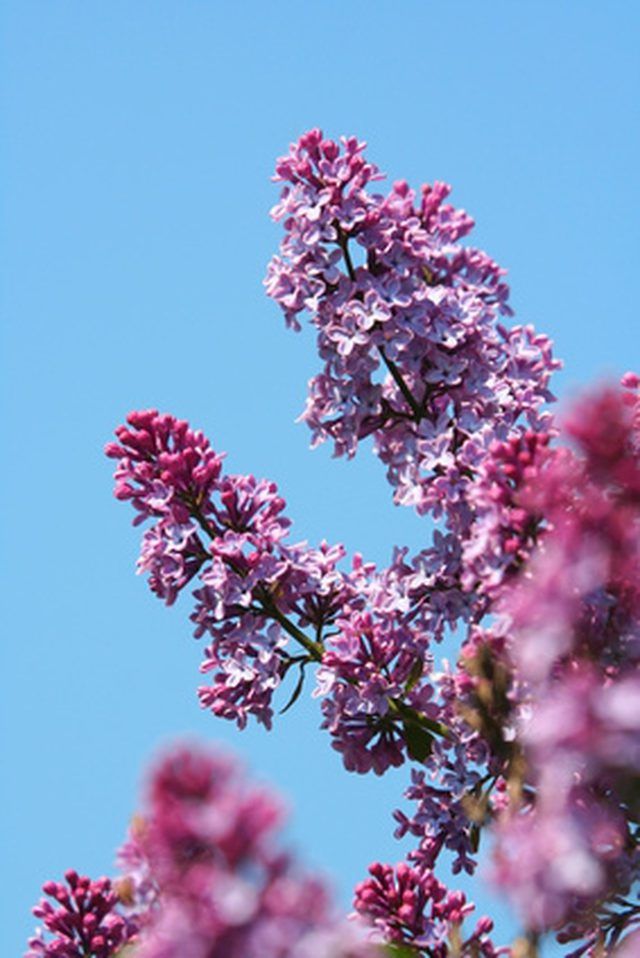Bulbs
Flower Basics
Flower Beds & Specialty Gardens
Flower Garden
Garden Furniture
Garden Gnomes
Garden Seeds
Garden Sheds
Garden Statues
Garden Tools & Supplies
Gardening Basics
Green & Organic
Groundcovers & Vines
Growing Annuals
Growing Basil
Growing Beans
Growing Berries
Growing Blueberries
Growing Cactus
Growing Corn
Growing Cotton
Growing Edibles
Growing Flowers
Growing Garlic
Growing Grapes
Growing Grass
Growing Herbs
Growing Jasmine
Growing Mint
Growing Mushrooms
Orchids
Growing Peanuts
Growing Perennials
Growing Plants
Growing Rosemary
Growing Roses
Growing Strawberries
Growing Sunflowers
Growing Thyme
Growing Tomatoes
Growing Tulips
Growing Vegetables
Herb Basics
Herb Garden
Indoor Growing
Landscaping Basics
Landscaping Patios
Landscaping Plants
Landscaping Shrubs
Landscaping Trees
Landscaping Walks & Pathways
Lawn Basics
Lawn Maintenance
Lawn Mowers
Lawn Ornaments
Lawn Planting
Lawn Tools
Outdoor Growing
Overall Landscape Planning
Pests, Weeds & Problems
Plant Basics
Rock Garden
Rose Garden
Shrubs
Soil
Specialty Gardens
Trees
Vegetable Garden
Yard Maintenance
How to Identify a Purple Flowering Plant
How to Identify a Purple Flowering Plant. Purple is reputed to be the color of royalty and of wisdom, and nowhere is this luxuriant color showcased more effectively in nature than in the blossoms of various plants. From the humble violet to the majestic delphinium, there are many plants--annuals and perennials, garden plants and wildflowers...

Purple is reputed to be the color of royalty and of wisdom, and nowhere is this luxuriant color showcased more effectively in nature than in the blossoms of various plants. From the humble violet to the majestic delphinium, there are many plants--annuals and perennials, garden plants and wildflowers alike--that blossom in shades of lavender, indigo, violet and purple. By observing and differentiating some basic characteristics of the plant, you can narrow down the possibilities and be well on your way to proper identification.
Examine the plant's foliage. If the leaves are sword-like and the large blossoms are made up of tongue-like petals--some of which are parallel to the ground and some upright, with bright sunshine yellow in the center--the flower is probably a purple iris. If the leaves are distinctly heart-shaped and bright green, the plant is small, and the blossom distinctly resembles a pansy, it is probably a common violet. If the plant is blooming in mid-spring, and you have encountered it growing wild in a woods, this increases the possibility that it is a violet.
Sniff the flowers for further clues to the plant's identity. The scent of violets is subtle and sweet, while the fragrance of the iris is far more complex and heavy.
Examine the structure of the blossoms for clues as to identification. If the plant displays large, showy spikes, with the whole spike evenly surrounded with masses of bell-like purple blooms, it could be delphinium. If the plant is extremely tall--close to six feet high--displays abundant, glossy foliage, and is growing in a cottage-type garden in a sunny area, it is even more probable that it is a delphinium.
Look to the plant's height for clues. The petite grape hyacinth, which rarely exceeds eight inches, features flowers that look like upright clusters of small, dense grapes. If the purple flowering plant you are admiring is eight to 15 feet tall, and tree-like or shrub-like in structure, with pale purple or lavender flowers held upright in panicles, it is probably a lilac. A sweet, subtle fragrance from the flowers is another indication that the plant is a lilac.
Examine the shape of the flower for more clues to its identity. If the blossom resembles a daisy and is made of rays that droop down to surround a burnished-orange center, this plant is probably a purple coneflower, also known as echinacea. If it is blooming profusely in mid to late summer, it is even more likely that it is a coneflower. If the magenta blooms are arranged in vertical rows on a stalk and resemble the jaws of tiny dragons, you are probably looking at a purple snapdragon.
Check the proportionate size of the blossom for more clues. Creeping phlox, a ground cover, features profuse, tiny flattish purple blooms that virtually cover the plant's foliage by virtue of their density. Purple petunia, in contrast, may have only a few flowers on each plant but the trumpet-shaped blossoms are large in proportion to the plant.